

Case Report - Year 2021 - Volume 36 -
Proliferating isthmic-catagenic cystic follicular tumor in the scalp or proliferating trichilemmal tumor: a case report
Tumor folicular cístico, ístmico-catagênico proliferante em couro cabeludo ou tumor triquilemal proliferante: relato de caso
ABSTRACT
Proliferating trichilemmal tumor (PTT) is a rare neoplasm that develops from cystic follicular lesions, whose histological characteristic is the presence of trichilemmal keratinization. The most common manifestation is a solitary lump on the scalp of older women. It describes a case of proliferating trichilemmal tumor, which presents as a cystic tumor lesion on the scalp of an older woman, with recurrence after removal without diagnostic investigation.
Keywords: Scalp; Neoplasms; Skin abnormalities; Hair follicle; Alopecia.
RESUMO
Tumor triquilemal proliferante (TTP) é uma rara neoplasia que se desenvolve a partir de lesões císticas foliculares, cuja característica histológica é a presença de queratinização triquilemal. Manifestação mais comum é um nódulo solitário no couro cabeludo de mulheres idosas. Descreve-se caso de tumor triquilemal proliferante, que se apresenta como lesão tumoral cística em couro cabeludo de mulher idosa, com recidiva após remoção sem investigação diagnóstica.
Palavras-chave: Couro cabeludo; Neoplasias; Anormalidades da pele; Folículo piloso; Alopecia.
INTRODUCTION
Proliferating trichilemmal tumor is a rare disease that develops from cystic follicular lesions. It occurs in more than 90% of cases on the scalp and older women1. Many factors may be involved in the disease’s physiopathogeny, such as traumatic, inflammatory events and viral infections2,3.
It clinically presents a nodule or tumor that can reach large proportions of cystic consistency, usually on the scalp. Because it is a not-so-common lesion, it ends up being a little diagnosed and can be confused with a simple pillar cyst due to the insidious character.
The diagnosis is conclusive only after pathological examination. There is still discussion about whether it would be a variant of squamous cell carcinoma or a precursor lesion of this4. There are reports of aggressive local behavior, with recurrences and even metastases. Treatment is complete surgical excision with wide margins, radiotherapy and chemotherapy in aggressive cases.
CASE REPORT
A 70-year-old female patient living in Rio de Janeiro, the capital, works as a makeup artist, phototype IV, who had a fast-growing scalp nodule in the occipital region (Figure 1).
The present case report complied with all ethical and research criteria in human beings following the Declaration of Helsinki, Resolution No. 466/2012 and Resolution No. 510/2016 of the National Health Council.
She had a consultation with the first dermatologist for one year, who said it was a sebaceous cyst, performing partial withdrawal without histopathological analysis. She refers the recurrence of the injury in approximately three months with worsening of local aspects.
She sought a new dermatologist for rapid growth, recurrence and local inflammatory signs (erythema and pain), where she was treated clinically. The dermatological examination showed a cystic tumor of three centimeters, hyperpigmented and with hyperkeratosis. An incisional biopsy was performed, in which a diagnosis of proliferating trichilemmal tumor was obtained, and was referred to a plastic surgeon to perform a wide excision of the lesion with at least 1 cm margin (Figure 2). A lesion was excised with 1 cm wide margins (Figure 3), followed by freezing by a pathologist who confirmed free margins (Figure 4).
It was decided then scalp flap in rotation, s-shaped, bilaterally to the defect, turning towards the central part with good immediate result, good perfusion and resolution of the defect (Figures 5 and 6). The patient will continue to be monitored in the office in the long term for the possibility of this tumor’s aggressive behavior.
DISCUSSION
PTT is an unusual adnexal neoplasm, differing in the outer epithelial sheath of the hair follicle. It occurs in more than 90% of cases on the scalp and older women. There are reports of multiple lesions, ulceration and bleeding. There are cases reported in young individuals. Other less common locations include the neck, trunk, armpits, pubis, vulva, lower and upper limbs, upper lip, and gluteal region.
The case presented fits within the usual profile of manifestation of the disease. There is still discussion about whether the proliferating trichilemmal tumor would be a variant of squamous cell carcinoma or an evolving precursor lesion. It is believed to arise from a trichilemmal cyst (TC). PTT and TC have a histological marker the presence of trichilemmal keratinization (abrupt transition from nucleated epithelial cells to anucleated, keratinized cells, without the formation of granulosa layer).
Traumatic events could contribute to its physiopathogeny and some viruses, such as HPV (human papillomavirus), but this causal relationship is not yet very established5,6.
A study measured the activity of p53 and p27kip1 comparatively between the trichilemmal cyst, the proliferating trichilemmal tumor, and squamous cell carcinoma with trichilemmal differentiation, showing that there was no difference concerning the p53 expression between PTT and squamous cell carcinoma, being almost null in the cyst trichilemmal. This reinforces the idea that PTT is a carcinoma; however, the expression of p27kip1 is much higher in PTT than SCC, and this protein is related to a regulatory effect of the cell cycle, which would classify it as an intermediate grade neoplasm in relation to malignancy.
The diagnosis is confirmed by anatomopathological examination. It is characterized by the proliferation of squamous cells, with abundant eosinophilic cytoplasm and abrupt keratinization, which excludes the granular layer, forming dense and homogenized keratin that fills the cystic spaces. There may be areas of epidermoid keratinization with the formation of corneal pearls. There is no infiltration of the adjacent stroma, which helps in the differentiation of squamous cell carcinoma.
There are reports of aggressive local behavior, with recurrences and even metastases7,8 with local or lymph node dissemination, but are rarely hematogenous. A study with 94 cases of proliferating trichilemmal tumor, recurrences around 1%; and malignant transformation and lymph node metastasis were reported around 10%, but without distant metastases. Another study attempted to correlate anatomopathological changes with biological behavior and showed that apparently, the involvement outside the scalp, rapid growth, size greater than five centimeters and atypia would be related to a worse prognosis9.
Treatment is complete surgical excision with margins of 1cm, radiotherapy and chemotherapy in aggressive cases. In the present case, we performed excision with a margin of 1cm in the scalp’s occipital region, with anatomopathological confirmation of free margins with a pathologist in the room, followed by local flap rotation.
CONCLUSION
The proliferating trichilemmal tumor is a neoplasm that can be aggressive in some cases, especially when it occurs outside the scalp, has rapid and infiltrative growth, diameter greater than 5cm and mitotic activity. In this case, we emphasize the importance of always performing a biopsy on suspicious lesions for diagnostic confirmation. Also important is the pathologist’s presence to confirm free margins, the extensive resection and the continuous postoperative follow-up10.
REFERENCES
1. Sau P, Graham JH, Helwig EB. Proliferating epithelial cysts. Clinicopathological analysis of 96 cases. J Cutan Pathol. 1995 Out;22(5):394-406.
2. Rao S, Ramakrishanan R, Kamakshi D, Chakravarthi S, Sundaram S, Prathiba D. Malignant proliferating trichilemmal tumour presenting early in life: an uncommon feature. J Cutan Aesthet Surg. 2011 Jan/Abr;4(1):51-5.
3. Mones JM, Ackerman AB. Proliferating trichilemmal cyst is squamous cell carcinoma. New Concept. 1998; [citado 2013 Mar 21]; 4:295-310. Disponível em: https://derm101.com/indexDPC
4. New Concept. 1998; [citado 2013 Mar 21]; 4:295-310. Disponível em: https://derm101.com/indexDPC
5. Fernández-Figueras MT, Casalots A, Puig L, Llatjós R, Ferrándiz C, Ariza A. Proliferating trichilemmal tumour: p53 immunoreactivity in association with p27Kip1 over-expression indicates a low-grade carcinoma profile. Histopathology. 2001 Mai;38(5):454-7.
6. Motegi S, Tamura A, Endo Y, Kato G, Takahashi A, Negishi I, et al. Malignant proliferating trichilemmal tumour associated with human papillomavirus type 21 in epidermodysplasia verruciformis. Br J Dermatol. 2003 Jan;148(1):180-2.
7. Erdem H, Yildirim U, Uzunlar AK, Sahiner C, Ozcelik D, Toplu G. Posttraumatic giant proliferating trichilemmal cysts on the parietal region of the scalp. Indian J Dermatol Venereol Leprol. 2011;77(6):707-9.
8. López-Rios F, Rodríguez-Peralto JL, Aguilar A, Hernández L, Gallego M. Proliferating trichelemmal cyst with focal invasion: report of a case and a review of the literature. Am J Dermatopathol. 2000 Abr;22(2):183-7.
9. Jung J, Cho SB, Yun M, Lee KH, Chung KY. Metastatic malignant proliferating trichilemmal tumor detected by positron emission tomography. Dermatol Surg. 2003 Ago;29(8):872-4.
10. Folpe AL, Reisenauer AK, Mentzel T, Rütten A, Solomon AR. Proliferating trichilemmal tumors: clinicopathologic evaluation is a guide to biologic behavior. J Cutan Pathol. 2003 Set;30(8):492-8.
1. Private Clinic, Plastic Surgery, Rio de Janeiro, RJ, Brazil.
2. Private Clinic, Dermatology, Scalp Diseases, Rio de Janeiro, RJ, Brazil.
3. Hospital Souza Aguiar, Plastic Surgery, Rio de Janeiro, RJ, Brazil.
Corresponding author: Tulio Martins Rua General Venâncio Flores, 305, Sala 611, Leblon, Rio de Janeiro, RJ, Brazil. Zip Code: 22441-090 E-mail: tu liomartins2@hotmail.com
Article received: January 28, 2020.
Article accepted: July 15, 2020.
Conflicts of interest: none
COLLABORATIONS
TM Analysis and/or data interpretation, Conception and design study, Conceptualization, Data Curation, Final manuscript approval, Formal Analysis, Funding Acquisition, Investigation, Methodology, Project Administration, Realization of operations and/or trials, Resources, Software, Supervision, Validation, Visualization, Writing - Original Draft Preparation, Writing - Review & Editing
NLB Data Curation, Investigation, Realization of operations and/or trials
IDB Resources, Supervision, Visualization



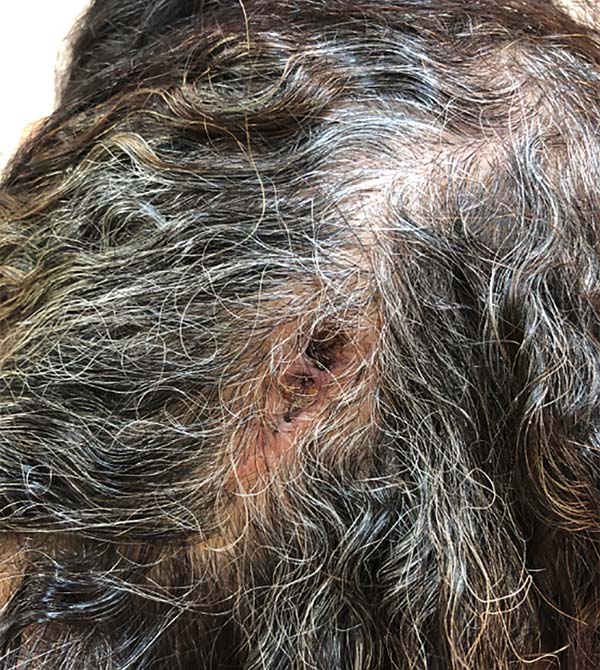

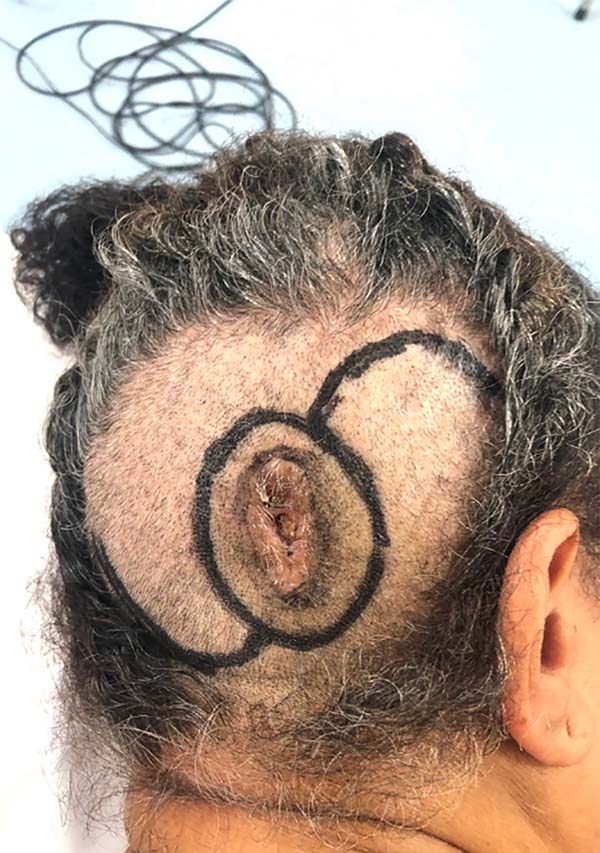

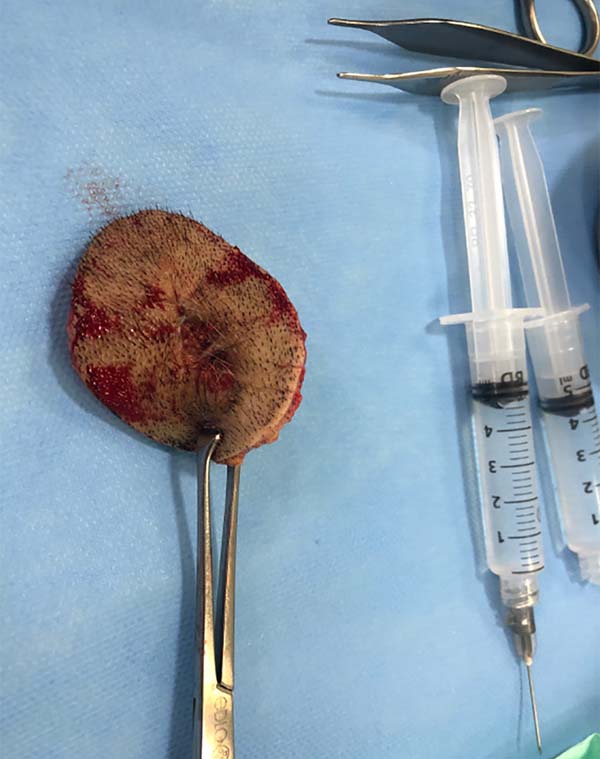

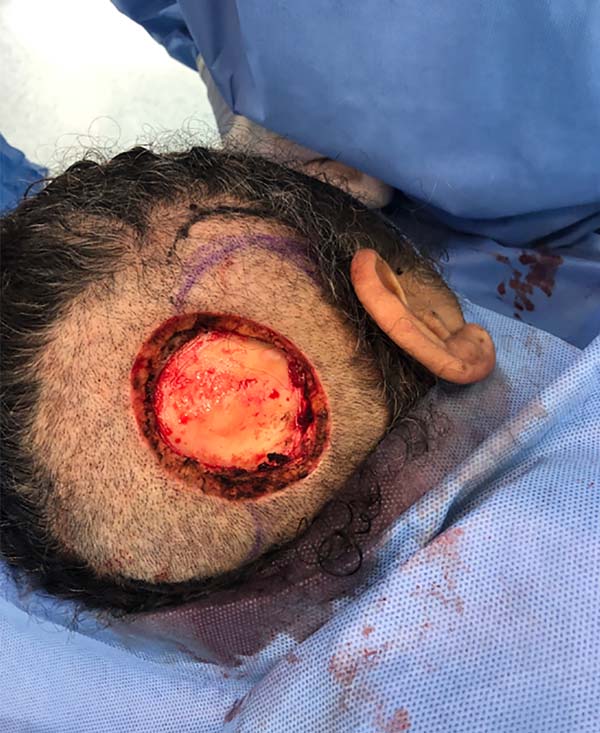

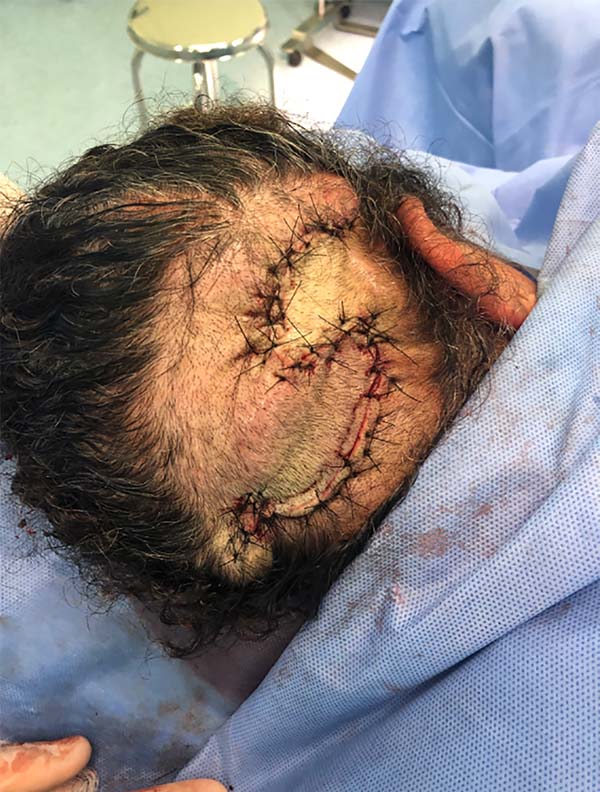

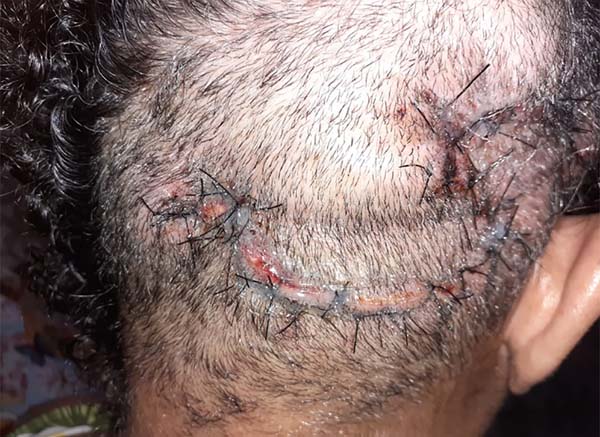

 Read in Portuguese
Read in Portuguese
 Read in English
Read in English
 PDF PT
PDF PT
 Print
Print
 Send this article by email
Send this article by email
 How to Cite
How to Cite
 Mendeley
Mendeley
 Pocket
Pocket
 Twitter
Twitter